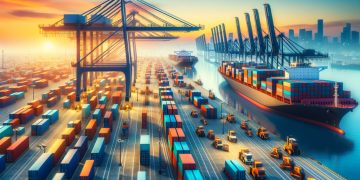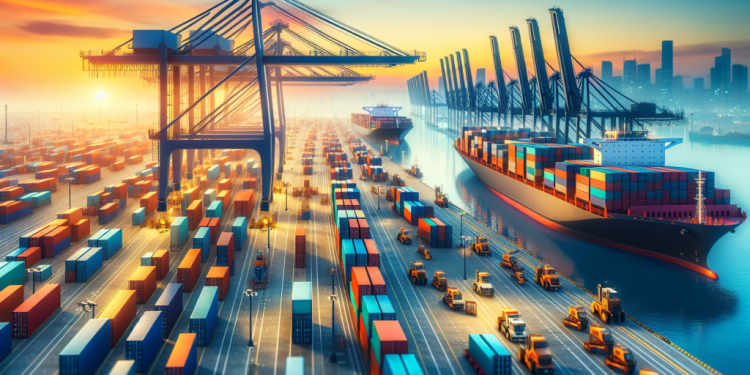The supply chain and logistics industry has undergone remarkable changes in 2024, shaped by technological advancements, geopolitical challenges, and a growing commitment to sustainability. As we enter 2025, it is clear that adaptability and innovation are vital for thriving in this dynamic landscape.
Technological Advancements
Technology has been a driving force in transforming logistics operations:
- AI and Predictive Analytics: Artificial intelligence has enabled real-time tracking, risk mitigation, and data-driven decision-making, streamlining operations across supply chains.
- Digital Platforms: Enhanced end-to-end visibility has empowered businesses to anticipate and address disruptions effectively, improving efficiency and customer satisfaction.
Geopolitical Tensions and Disruptions
Geopolitical challenges have tested the resilience of global supply chains:
- Port Congestions and Rerouting: Political conflicts have forced rerouting of shipping lanes, causing delays and increasing operational costs.
- Focus on Resilience: Businesses have emphasized supply chain diversification to minimize risks associated with geopolitical instability.
These events have highlighted the importance of flexibility and robust planning in navigating uncertainties.
Market Dynamics and Freight Rates
The container shipping industry has faced volatility in freight rates:
- Freight Rate Declines: An oversupply of vessels, coupled with fluctuating demand, has created downward pressure on rates.
- Capacity Management: Shipping companies have focused on balancing capacity and pricing to maintain profitability in challenging market conditions.
Sustainability Takes Center Stage
Sustainability has become a cornerstone of industry strategies:
- Green Shipping Corridors: Collaborations between ports and shipping companies have led to eco-friendly trade routes that reduce emissions.
- Investment in Clean Technology: Adoption of alternative fuels, electrified equipment, and energy-efficient operations reflects a commitment to reducing the industry’s carbon footprint.
These efforts align with global environmental goals and are transforming logistics into a more sustainable sector.
Looking Ahead
As the industry moves into 2025, several priorities stand out:
- Embracing Innovation: Continued investment in AI, automation, and digital platforms will be essential for improving efficiency.
- Strengthening Resilience: Diversification and flexible planning will help businesses adapt to an unpredictable global environment.
- Accelerating Sustainability: Eco-friendly initiatives and green technologies will remain at the forefront of logistics strategies.
Conclusion
The supply chain and logistics industry is at a turning point. By leveraging technology, addressing geopolitical challenges, and embracing sustainability, businesses can build resilient and efficient supply chains that meet the demands of the future.
Stay tuned to The Logistic News for more insights into the latest developments and trends shaping the global logistics landscape.
#SupplyChain2024 #LogisticsInnovation #Sustainability #GlobalTrade #LogisticsNews























